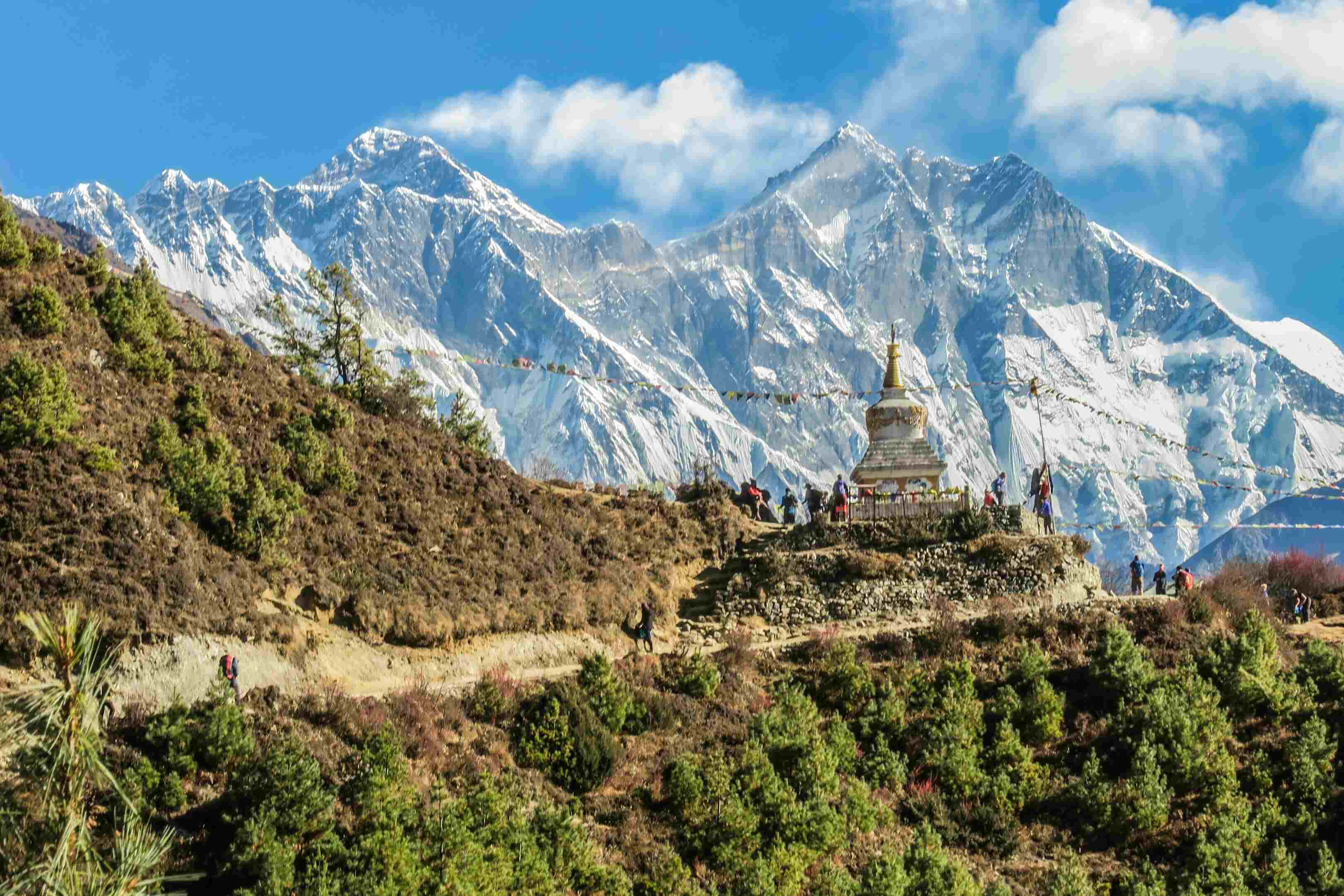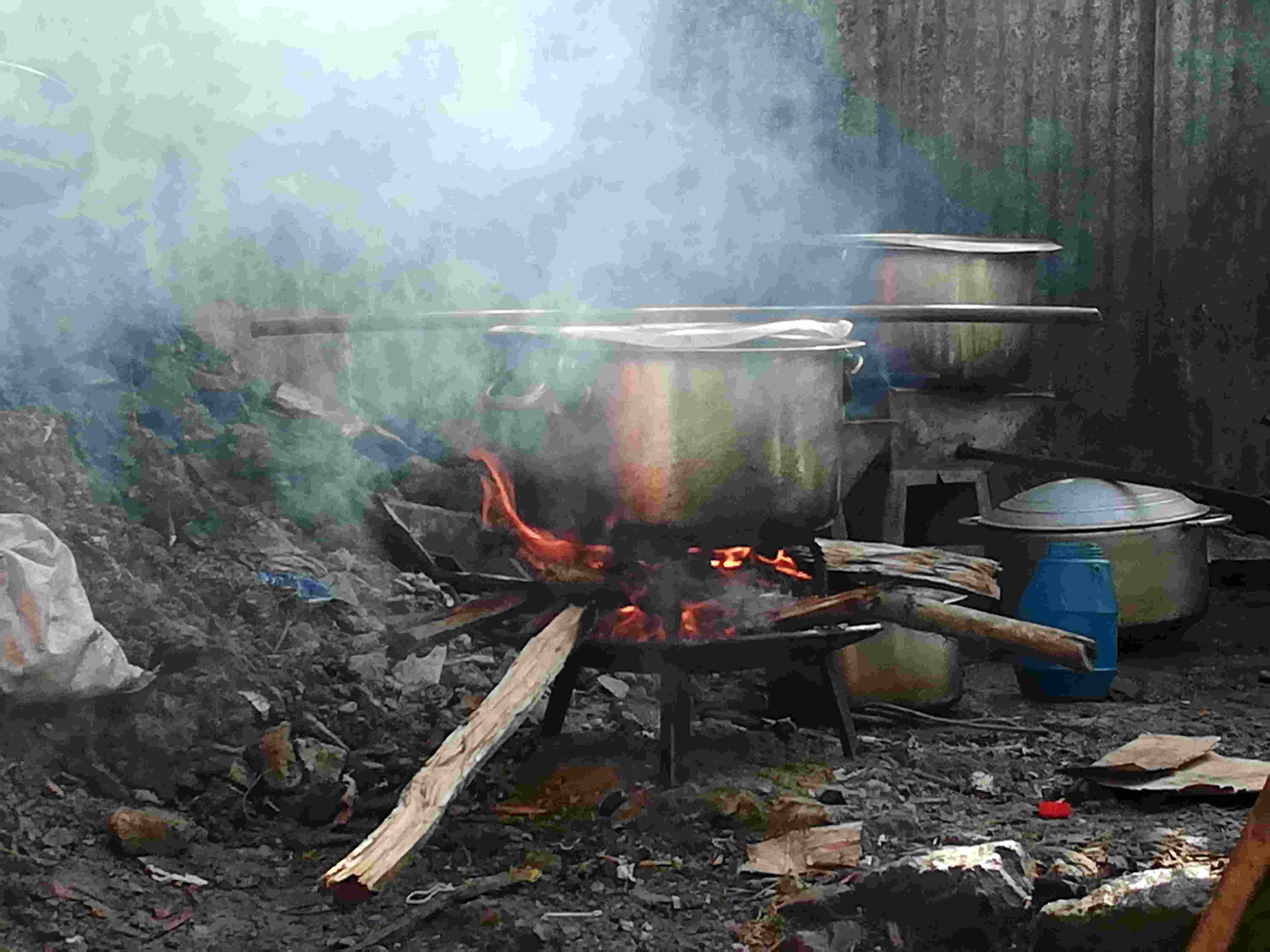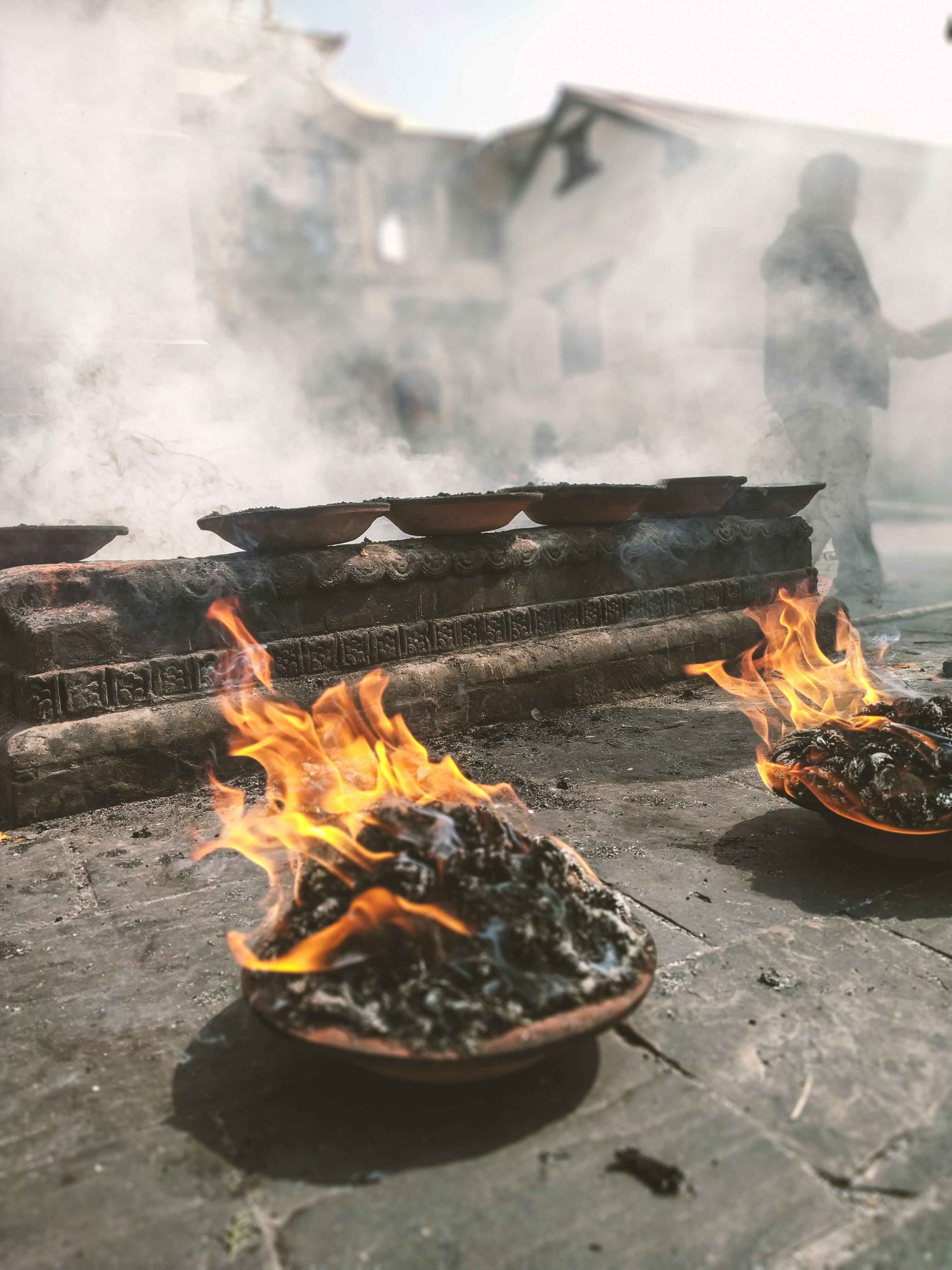Share this Article
Dahi Chiura on Asar 15: A Tradition of Gratitude, Labor, and Agrarian Significance in Nepal
In the verdant hills and plains of Nepal, where monsoon rains mark the rhythm of life and agriculture remains deeply woven into the social fabric, the festival of Asar 15 emerges each year with both symbolic and tangible significance. Celebrated in mid-June, coinciding with the Nepali calendar date of Asar 15, this day is affectionately known as Ropain Diwas or National Rice Planting Day. But what truly gives this day its cultural warmth and nostalgic flavor is the humble yet profoundly meaningful dish: dahi chiura (curd and beaten rice).
This seemingly simple meal, consumed widely on this day, goes beyond sustenance. It embodies gratitude to farmers, marks the peak of the agricultural cycle, celebrates communal labor, and upholds a culinary tradition passed down through generations. In an era of urban migration and technological advancement, the observance of Asar 15 and the ritual consumption of dahi chiura remind Nepalis of their agrarian roots and the dignity of labor in the fields.
Origins and Agrarian Context
The month of Asar marks the onset of the monsoon season in Nepal. It is a time of hope, when dry fields begin to soften with rainfall and the aroma of wet earth returns to the valleys. For centuries, this season has dictated the calendar of Nepali farmers. It is during this month that rice transplantation begins, a labor-intensive process that involves collective effort, skill, and patience.
Asar 15 falls approximately two weeks into the rice-planting season. By this time, the initial intensity of work has set in, and farmers are knee-deep in paddy fields, toiling in rhythm with the rain. To acknowledge their hard work and boost morale, families and communities celebrate this day with music, dance, and a shared meal of dahi chiura, often accompanied by ripe mangoes and occasional pickles or boiled eggs.
The meal is practical as well as symbolic. Chiura, or beaten rice, is easy to prepare and digest. It does not require cooking and can be eaten even when drenched in rain or mud. Curd (dahi), made from locally fermented milk, provides protein, probiotics, and cooling properties to counter the heat and humidity. Together, the dish is nourishing and hydrating, fitting perfectly with the demands of physical labor.
Dahi Chiura as a Symbol of Honor and Celebration
What elevates this meal from mere food to cultural icon is its ceremonial usage. On Asar 15, dahi chiura is not simply eaten; it is shared — among family members, fellow laborers, and guests. It is offered to the tillers of land as a token of appreciation and respect.
In rural households, it is customary to invite relatives and neighbors to partake in this dish. In many places, landlords and landowners invite tenant farmers to a shared feast, reflecting a rare moment of unity across social classes. Even in urban settings, where rice planting may be distant from daily life, dahi chiura is consumed ceremonially, maintaining a connection to ancestral practices.
Additionally, the preparation and presentation of dahi chiura differ regionally. In the Terai, it might be served with sweetened curd and jaggery, while in the hills, salt, chili, and pickle may accompany the meal. The use of banana leaves or traditional brass plates also underscores the meal’s ritualistic value.
Communal Identity and the Celebration of Labor
Asar 15 is not an official public holiday, yet its observance is nearly universal, cutting across caste, ethnicity, and geography. What unites people is not religion or myth but shared heritage and labor. Unlike many other Nepali festivals rooted in Hindu or Buddhist cosmology, the significance of Asar 15 lies in its celebration of toil and interdependence.
Fieldwork during the planting season is rarely a solitary act. It involves coordination among families, neighbors, and hired workers. Women, men, and even children play roles — from carrying seedlings to singing traditional planting songs that synchronize the movement of bodies in mud. These songs, often humorous or romantic, lift spirits and weave emotional bonds among the workers.
The meal of dahi chiura serves as a punctuation mark in this collective effort. It is a pause that allows people to sit, replenish, and honor one another's contribution. The food is shared without hierarchy, often directly with muddy hands, evoking a sense of equality that transcends social status.
In this context, dahi chiura becomes not only a meal but also a social glue — binding people together through shared purpose and gratitude.
Urban Reinterpretations and Modern Practices
In recent years, as urbanization has accelerated and many young Nepalis have moved away from farming, the practice of rice planting has become less familiar. Yet, Asar 15 remains a celebrated day, even in cities. Schools organize mock planting programs, media outlets broadcast special features, and restaurants offer promotional dahi chiura platters.
Social media has further amplified the reach of this tradition. Photos of people in muddy fields, laughing while planting seedlings, and enjoying bowls of dahi chiura are widely circulated online. Hashtags like #RopainDiwas and #Asar15 trend annually, allowing even the diaspora to reconnect with their heritage.
Some critiques have emerged as well, particularly around the commodification of the festival. What was once a grassroots tradition is sometimes turned into a performative spectacle, especially in organized events. Nonetheless, many argue that such visibility is crucial for keeping the tradition alive.
Corporate sectors and educational institutions have also begun recognizing Asar 15 as a cultural asset. In some places, team-building exercises are designed around rice planting simulations. NGOs and agricultural advocates use the day to promote sustainable farming practices and to highlight the struggles of Nepali farmers.
Philosophical and Cultural Significance
At a deeper level, the consumption of dahi chiura on Asar 15 can be read as an affirmation of ecological balance and human humility. The timing of the festival, in the heart of the monsoon, marks a turning point in the natural cycle. It reflects an understanding that human survival is intricately linked to the earth's rhythms.
Eating dahi chiura, in this light, is an act of gratitude — to the soil, to the rain, and to those who labor in fields so that others may eat. It reminds participants of the unseen chain of work that brings food to the plate. In professions far removed from agriculture, the ritual consumption of this dish reconnects individuals to the land and to the ethics of labor.
Moreover, in a country with a large portion of its workforce employed abroad, Asar 15 becomes a moment of cultural anchoring. Migrant workers who return home often time their visits around this season, participating in planting and feasting as a reaffirmation of identity.
Dahi Chiura as a Metaphor in Professional Spheres
In professional and educational discourse, Asar 15 and dahi chiura have begun to take on metaphorical meaning. Teamwork, humility, groundedness, and respect for foundational labor are qualities increasingly associated with this festival.
In business contexts, some Nepali entrepreneurs have begun referencing the principles of Asar 15 in their leadership models. They emphasize the importance of groundwork, collaboration, and the recognition of all contributors, regardless of rank. Just as a harvest cannot exist without planting, success in any field is contingent on collective, often unseen efforts.
In literature and media, dahi chiura has been portrayed as a symbol of Nepali resilience and cultural continuity. Writers and poets often draw parallels between the simplicity of the dish and the profundity of the values it represents.
Challenges and the Way Forward
While Asar 15 remains vibrant, its deeper meanings risk dilution as generational shifts and lifestyle changes accelerate. For urban youth, the celebration may become more about aesthetics than values. There is also a danger of the dish becoming a mere culinary curiosity rather than a living tradition.
To counter this, educational curricula could include modules on agrarian culture and the significance of festivals like Asar 15. Oral histories and folk songs can be documented and preserved. Media can play a more nuanced role in portraying not just the spectacle, but the stories behind the mud and meals.
Institutions — from schools to corporations — can contribute by organizing reflective events that connect professional life to agrarian values. Local governments can support farmer-led celebrations that retain authenticity. Finally, individuals can reflect on their relationship with food and labor, and use Asar 15 as an opportunity for mindful gratitude.
Conclusion
Dahi chiura on Asar 15 is more than a festival meal. It is a practice rooted in empathy, ecology, and egalitarianism. In the simple act of sharing curd and beaten rice lies a wealth of meaning — of acknowledging labor, celebrating community, and aligning with nature’s cycles.
As Nepal continues to modernize, traditions like these serve as moral and cultural compasses. They remind the nation of its agrarian heritage and the dignity that lies in manual labor. They connect Nepalis across regions, professions, and generations.
In a bowl of dahi chiura, on a rainy day in mid-Asar, one can taste not only the flavors of home but also the enduring values that nourish a society.
Categories:
Culture & Traditions
Tags:
festival of nepal







